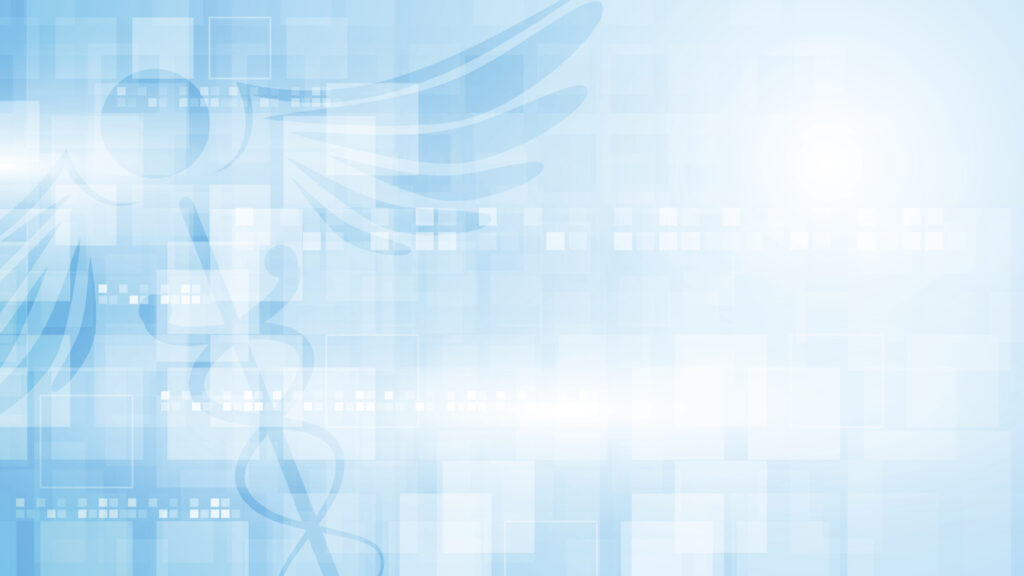Remote Patient Monitoring: Transforming Care in Federally Qualified Health Centers
Federally Qualified Health Centers (FQHCs) are at the forefront of delivering care to underserved populations, often facing resource constraints, high patient volumes, and challenges in chronic disease management. Remote patient monitoring (RPM) offers a powerful solution that can address these challenges while enhancing patient satisfaction, streamlining care coordination, and achieving better health outcomes. Below, we explore RPM in more detail and how it can be used for transforming care in Federally Qualified Health Centers.
The Growing Need for RPM in Community Health
FQHCs serve vulnerable populations, many of whom struggle with access to routine healthcare services. RPM provides continuous patient monitoring, allowing providers to track vital signs, medication adherence, and health trends in real time. Learn more about the benefits of RPM for underserved populations and how it bridges gaps in healthcare accessibility.
Overcoming Challenges in Chronic Disease Management
Managing chronic conditions such as diabetes, hypertension, and COPD requires consistent monitoring and timely interventions — two areas where traditional in-person care can fall short. Implementing RPM allows FQHCs to proactively manage chronic illnesses while reducing preventable hospital visits. Learn about the challenges of managing chronic conditions at FQHCs and how RPM addresses them.
For FQHCs looking for affordable solutions, cost-effective RPM strategies help clinics optimize their resources while improving patient outcomes.
Reducing Hospital Readmissions With RPM
Frequent hospital readmissions place financial and operational strain on community health centers. RPM significantly reduces emergency room visits and hospital stays by alerting care teams early to potential complications, and ensuring patients follow their post-discharge care plans.
Discover:
- How to reduce hospital readmissions in community health centers
- Evaluating the effectiveness of RPM in reducing readmissions
Funding and Implementing RPM in FQHCs
While RPM offers substantial benefits, funding is often a primary concern for FQHCs. Fortunately, various federal grants, Medicaid reimbursement models, and value-based care incentives can help cover the costs. Learn more about funding options and how clinics can secure financial support for implementation.
Once funding is secured, successful RPM implementation in community health settings requires:
- EHR integration.
- Staff training on new technologies.
- Patient engagement strategies.
Selecting the Best RPM Vendors and Platforms
Not all RPM solutions are tailored to the needs of FQHCs. Choosing an affordable, scalable, and interoperable platform is critical to long-term success.
Learn about:
Training Staff and Engaging Patients for Long-Term Success
For RPM to be truly effective, staff must be trained on device usage, data interpretation, and techniques for patient communication. Learn best practices for training staff on RPM systems to get the most out of a program.
Beyond staff readiness, patient engagement is also crucial for success. Discover strategies for maintaining patient engagement with remote monitoring tools so that they participate.
Success Stories and Patient Testimonials
Real-world examples demonstrate the impact of RPM on patient care. From reducing emergency room visits to improving chronic disease outcomes, FQHCs across the country have experienced measurable improvements after implementing RPM solutions.
Explore:
The Future of RPM in Community Health
As technology advances, integrating RPM into existing healthcare workflows should become even more seamless. These systems support value-based care models, allowing providers to track health metrics more effectively and prevent complications before they become emergencies.
RPM also plays a key role in improving patient satisfaction and trust in healthcare providers.
Bring RPM to Your Community Health Center
RPM is transforming how FQHCs deliver care, enabling proactive, personalized, and data-driven patient management. By implementing the right tools, training staff, and engaging patients, community health centers can achieve better health outcomes, reduce costs, and enhance overall patient satisfaction.
Interested in using RPM at your care facility? Explore leading RPM solutions for FQHCs and begin your journey toward better health outcomes — or contact us to talk about a program!

